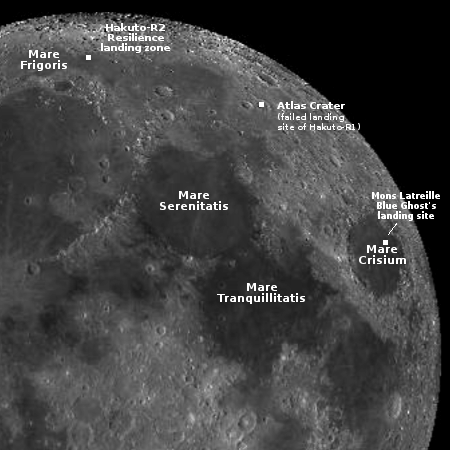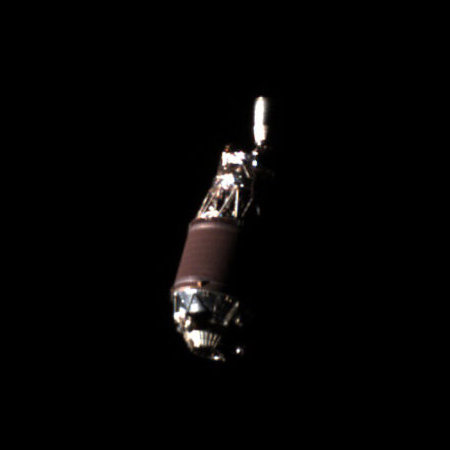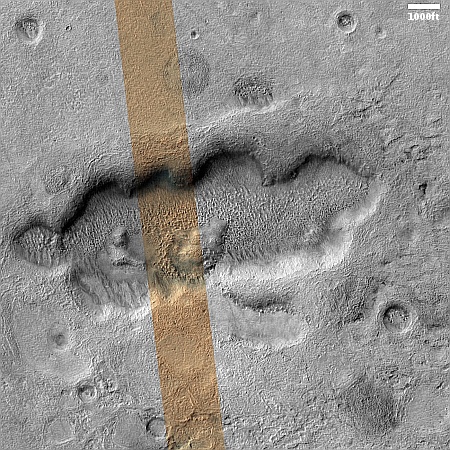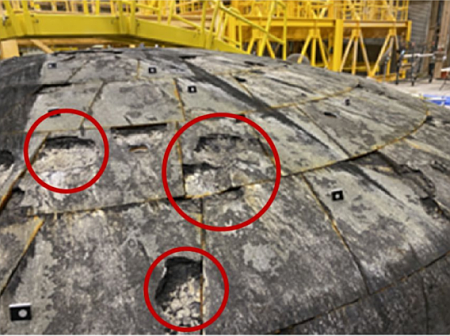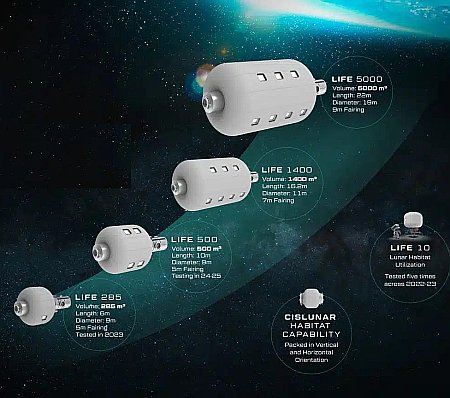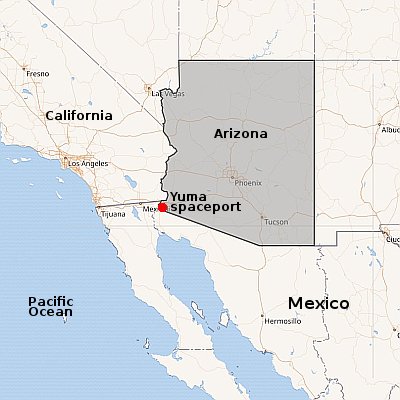ESA continues to dither about building a heavy lift rocket
In what almost appears to be a clown show, the European Space Agency (ESA) has three times issued and then retracted and then reissued a request for proposals for studying possible designs to possibly build a heavy lift rocket to both replace Ariane-6 as well as compete with SpaceX’s Starship/Superheavy.
ESA published an initial call for its European 60T LEO Reusable Launch System Pathfinder Study initiative on 20 November. The call was, however, deleted later that day. On 3 December, a second version of the call was published and then removed, once again, on the same day. On 10 December, ESA published a third iteration of the call, with this one being the first to remain published overnight.
The second version put more emphasis on “time and cost efficiency.” The third version added details noting the limitations of Ariane-6 (its cost, limited payload capacity, and non-re-usability).
When ESA issued the second version, I noted its lack of urgency. “This is ‘call’ for a ‘study’ to ‘explore’ the ‘options’ for development. Hell will freeze over before ESA starts construction.” The new version doesn’t change this in the slightest. It only recognizes more fully the bad decisions that ESA made in 2015 when it approved the expendable design of Ariane-6, making it too expense then to compete with SpaceX’s Falcon 9.
In what almost appears to be a clown show, the European Space Agency (ESA) has three times issued and then retracted and then reissued a request for proposals for studying possible designs to possibly build a heavy lift rocket to both replace Ariane-6 as well as compete with SpaceX’s Starship/Superheavy.
ESA published an initial call for its European 60T LEO Reusable Launch System Pathfinder Study initiative on 20 November. The call was, however, deleted later that day. On 3 December, a second version of the call was published and then removed, once again, on the same day. On 10 December, ESA published a third iteration of the call, with this one being the first to remain published overnight.
The second version put more emphasis on “time and cost efficiency.” The third version added details noting the limitations of Ariane-6 (its cost, limited payload capacity, and non-re-usability).
When ESA issued the second version, I noted its lack of urgency. “This is ‘call’ for a ‘study’ to ‘explore’ the ‘options’ for development. Hell will freeze over before ESA starts construction.” The new version doesn’t change this in the slightest. It only recognizes more fully the bad decisions that ESA made in 2015 when it approved the expendable design of Ariane-6, making it too expense then to compete with SpaceX’s Falcon 9.

